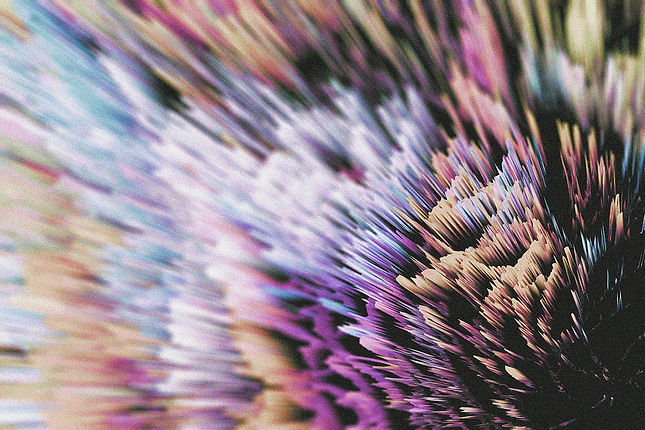
Glyaderm® Research
Welcome to Glyaderm Global, the hub for all knowledge, research, training, and funding related to Glyaderm®, an acellular dermal matrix derived from human donor skin. Our team of medical researchers is dedicated to advancing the field of dermal replacement for deep burns or reconstruction of soft tissue defects and unstable scars. Find below our latest research publications.
For a complete overview of all Glyaderm publications, click here
Glyaderm® as a Replacement for Burned Dermal Tissue
Pirayesh, Ali. DOI: 10.33612/diss.760333475
Our latest study explores the use of Glyaderm® in the treatment of deep burns. The acellular dermal matrix proves to be a promising solution for dermal replacement, providing excellent results in terms of tissue regeneration and wound healing.
Visualisation of newly synthesised collagen in vitro and in vivo
Identifying collagen produced de novo by cells in a background of purified collagenous biomaterials poses a major problem in for example the evaluation of tissue-engineered constructs and cell biological studies to tumor dissemination. We have developed a universal strategy to detect and localize newly deposited collagen based on its inherent association with dermatan sulfate. The method is applicable irrespective of host species and collagen source.
Glyaderm® dermal substitute: Clinical application and long-term results in 55 patients
Glycerol preserved acellular dermis (Glyaderm®) consists of collagen and elastin fibers and is the first non-profit dermal substitute derived from glycerol-preserved, human allogeneic skin. It is indicated for bi-layered skin reconstruction of full thickness wounds.
Comparison of Glyaderm with different dermal substitute matrices in a porcine wound model
The closure of extensive burn wounds with widely expanded autologous split-thickness skin grafts (STSG) is associated with undesirable scar formation and contraction, due to the lack of dermis. Various materials for dermal replacement have been developed, either of xenogeneic, allogeneic or synthetic origin and are placed in the wound underneath a thin STSG in order to improve scar quality. In this study, a porcine wound model was used to compare several commercially available acellular dermal substitutes with an acellular dermal substitute prepared from glycerol preserved human skin: GlyadermⓇ.
A single-stage bilayered skin reconstruction using Glyaderm® as an acellular dermal regeneration template results in improved scar quality: an intra-individual randomized controlled trial
Absence of almost the entire reticular dermal layer is inherent to the use of autologous split-thickness skin grafting (STSG) to close full-thickness wounds, often resulting in hypertrophic scars and contractures. Many dermal substitutes have been developed, but unfortunately most have varying results in terms of cosmetic and/or functional improvement as well as patient satisfaction, in addition to high costs. Bilayered skin reconstruction using the human-derived glycerolized acellular dermis (Glyaderm®) has been reported to result in significantly improved scar quality using a two-step procedure. Unlike the necessary two-step procedure for most commercially available dermal substitutes, in this study we aimed to investigate the use of Glyaderm® in a more cost-effective single-stage engrafting. This is a method which, if autografts are available, is preferred by the majority of surgeons given the reduction in costs, hospitalization time and infection rate.